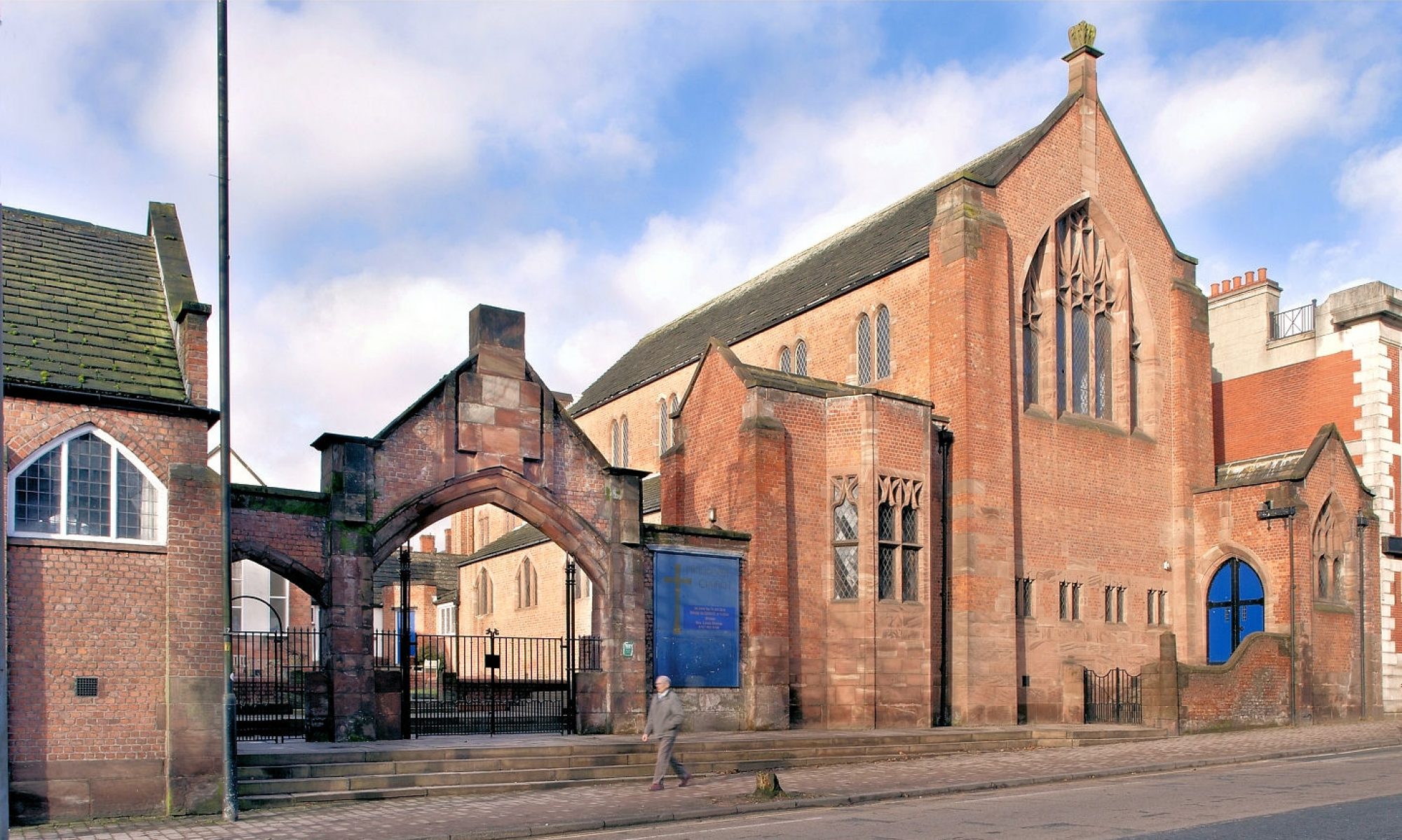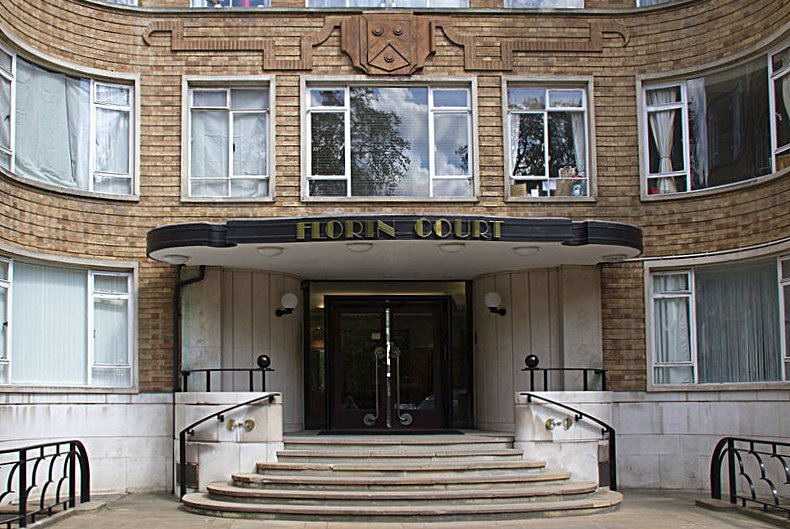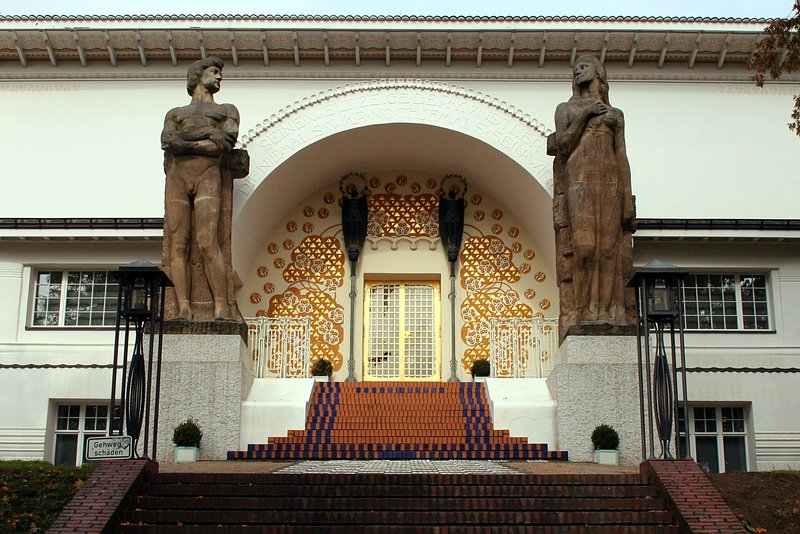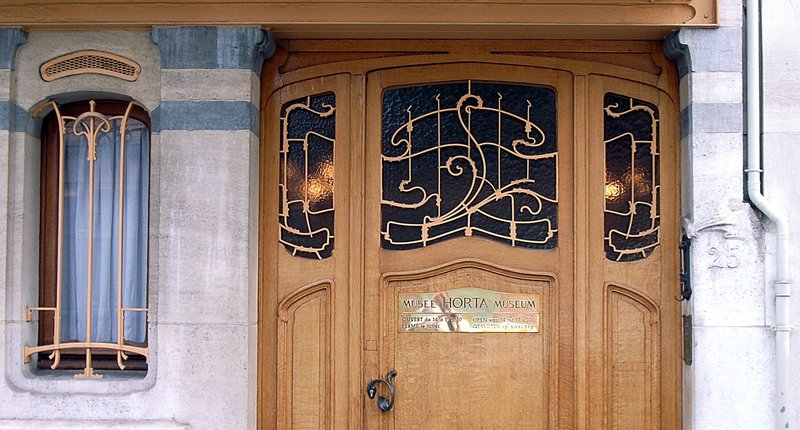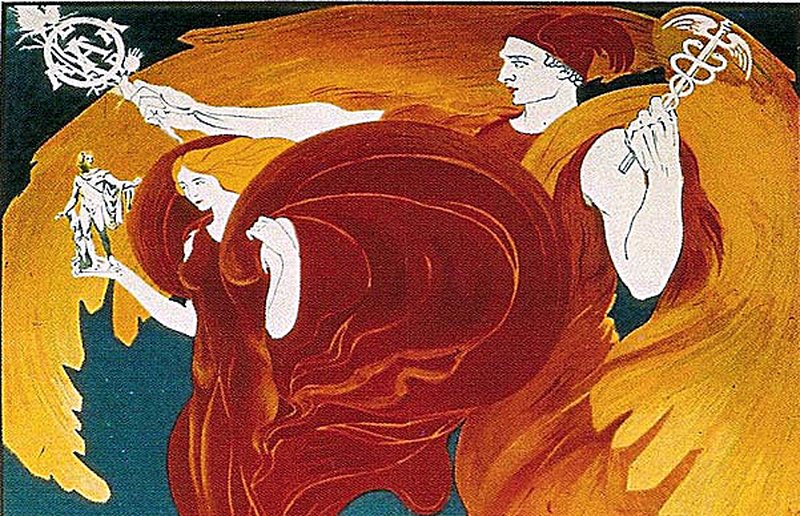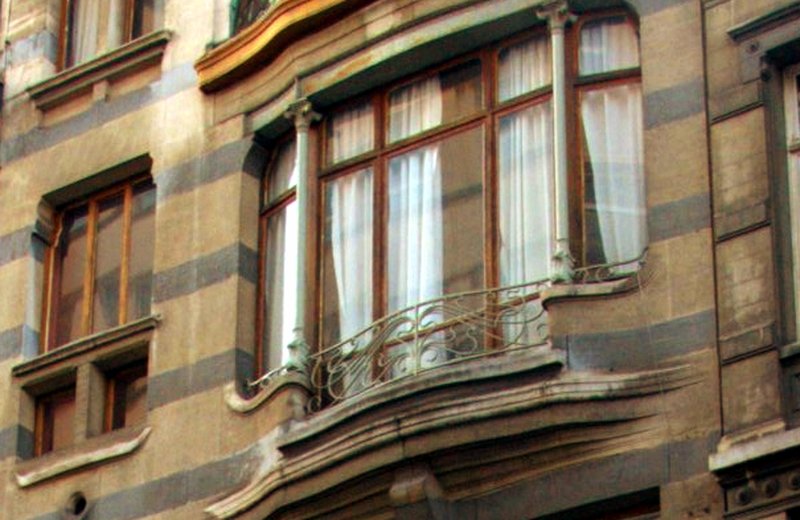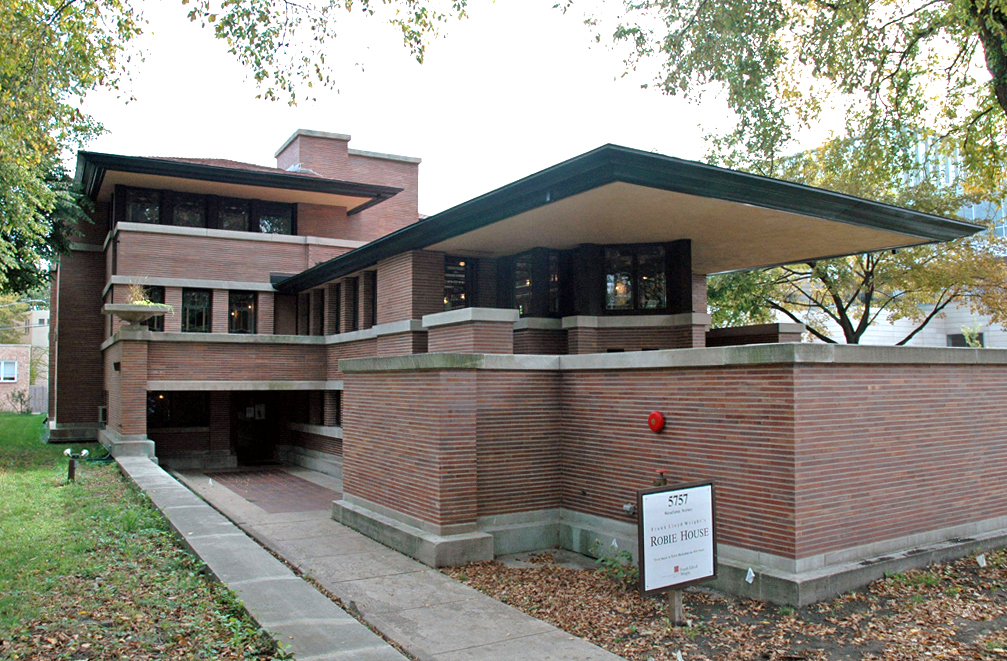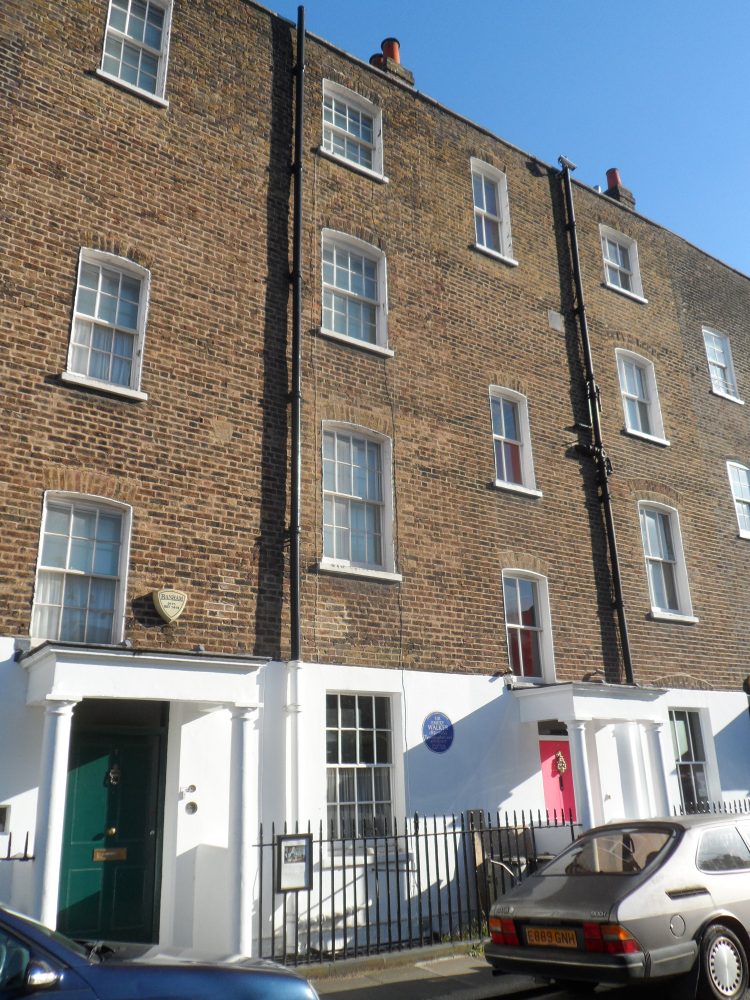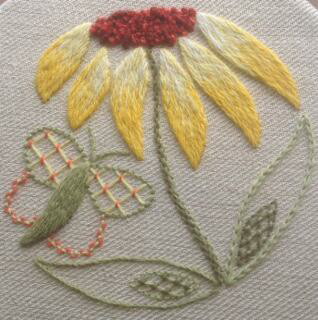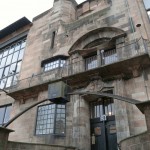 Last December, Middleton Heritage Film Group put in a Lottery bid for a film about the life and work of Edgar Wood… and was successful! Since then, the Edgar Wood Society has been researching and co-writing the film with Anthony Dolan of the film group. The filming will commence next month, based at the Edgar Wood Centre on Long Street, Middleton.
Last December, Middleton Heritage Film Group put in a Lottery bid for a film about the life and work of Edgar Wood… and was successful! Since then, the Edgar Wood Society has been researching and co-writing the film with Anthony Dolan of the film group. The filming will commence next month, based at the Edgar Wood Centre on Long Street, Middleton.
10 of the best European cities for art deco design
10 of the best European cities for art deco design
The city Le Corbusier built: inside Chandigarh – in pictures
The city Le Corbusier built: inside Chandigarh – in pictures
Artworks made from fire-gutted Mackintosh library sell for £700,000
Artworks made from fire-gutted Mackintosh library sell for £700,000
Blackwell, The Arts & Crafts House, highlighted in new Lakeland Heritage Package
Historic Lancashire’s Blackwell, The Arts & Crafts House, is firmly cementing itself into the Lakeland tourist experience, as these two reports show…
Businesses to showcase Lake District heritage at British Travel and Tourism Show
Everything You Need to Know About Art Deco Architecture in 10 Buildings
The latest in the series of architecture in 10 buildings… England does rather well with 4 out of the 10 buildings, including Florin Court, London home of the TV version of Hercule Poirot…
http://www.highsnobiety.com/2017/03/21/art-deco-architecture-examples/
Art in the Square – tile exhibition at Darmstadt Artists’ Colony
The third art nouveau event to report on this month is at the Darmstadt Artists’ Colony, famous for its wonderful art nouveau buildings. The exhibition mainly concerns art nouveau tiles and the centrepiece is a collection of English tiles, including designs by Wiliam De Morgan and tiles by Pilkington’s Tile & Pottery Co. See…
http://www.mathildenhoehe.eu/ausstellungen/ornament-im-quadrat/
Article with more photos… (press the translate button)
Nb. The Mathildenhöhe Institute has a wonderful website, see…
BANAD – Brussels Art Nouveau Art Deco festival
The annual BANAD festival is all about Brussels’ art nouveau and deco heritage. It is now integrated into the city’s wider tourism drive and the following Guardian article and BANAD website give you a flavour of what has been on offer this year…
Bannad Website… http://www.banad.brussels/en/
Guardian article – https://www.theguardian.com/travel/2017/mar/13/10-top-tips-from-our-brussels-correspondent
Liberty in Italy
Liberty in Italy is an interesting Italian exhibition on the so-called minor artists of art nouveau. In their day, these were prominent practitioners and part of the cultural world that Edgar Wood experienced during his regular trips to Italy and his eventual retirement there. The exhibition has been so popular that the initial closing date of 14th February was extended till 1st April.
The exhibition website has a selection of images…
http://www.palazzomagnani.it/2016/07/liberty-in-italia/nggallery/slideshow
Victor Horta’s art nouveau Hotel Frison up for sale
Victor Horta’s art nouveau Hotel Frison is up for sale… worth a look for the photos…
Glasgow School of Art’s ashes turned into artworks to fund rebuild
Glasgow School of Art’s ashes turned into artworks to fund rebuild
Buffalo, USA – Arts & Crafts Alliance – Frank Lloyd Wright Celebration
Starting on June 8, the 150th anniversary of Wright’s birth, the newly formed Buffalo Arts & Crafts Alliance will launch a four-month celebration of Wright’s work and Buffalo’s undersung role in the Arts & Crafts Movement.
Jonathan Katz, one of the alliance’s co-founders and organizer of the celebration, said it is an attempt to remind people about Buffalo’s central place in the legacy of American architecture and design and to reclaim its history as an incubator for one of the most important and wide-reaching aesthetic movements in American history.
Full report HERE
Josef Frank – Guardian Articles
The Guardian has run two illustrated articles on the late Arts & Crafts/modernist architect and designer Josef Frank… whose colourful textile designs are quite wonderful…
https://www.theguardian.com/lifeandstyle/2017/jan/14/josef-frank-swedish-design-fabrics-furniture
Arts and Crafts in the Punjab and London at the V&A
Here is a review by Anna Souter of the new exhibition about Lockwood Kipling and the Arts & Crafts of the Indian Punjsb at the V & A…
Illuminated After 115 Years
It has taken Ken Winters (top right) 15 years to achieve his goal of getting the Lindley Clock Tower illuminated. His ambition was realised at 5.30pm today as he and local Councillors activated the flood lighting. Representatives from the Edgar Wood Society (Middleton) attended giving support to their Yorkshire ‘cousins’.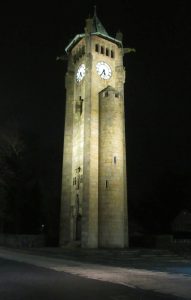
James Sykes, Edgar Wood’s uncle commissioned EW to design the tower, which is some 83 feet tall with walls 2 feet thick and of local stone. Completed in 1902 with sculptures by Stirling Lee. More of Stirling Lee’s work can be seen in the Arts and Craft Church (Long Street Methodist) birth place of Edgar Wood and his ‘masterpiece’ in Middleton.
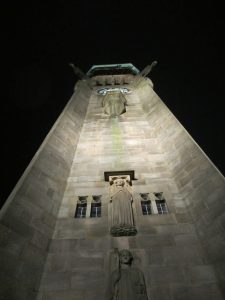
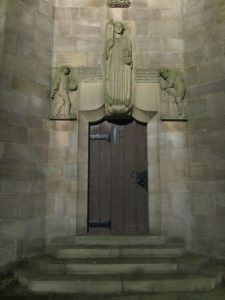
New Arts and Crafts Website for West London
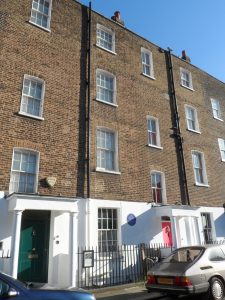
A new website has just been launched highlighting West London’s Arts and Crafts heritage. The site is part of a £1 million Heritage Lottery Fund (HLF) supported project that explains the Arts & Crafts Movement and how artists and craftsmen were drawn to Hammersmith because of two people – William Morris and Sir Emery Walker. The website coincides with the renovation of the William Morris Society’s building at 26 Upper Mall and Emery Walker’s residence at 7 Hammersmith Terrace.
Go to…
http://www.artsandcraftshammersmith.org.uk
Alternative Letchworth
A witty opinion piece in response to a current exhibition on Letchworth Garden City and the radical movement behind it.
https://www.dezeen.com/2016/12/20/letchworth-england-garden-city-new-towns-opinion-owen-hatherley/
Details of the exhibition…
http://www.letchworthgc.com/whats_on/event/alternative_letchworth_%E2%80%93_past_and_present
Embroidery at the Arts & Crafts Church
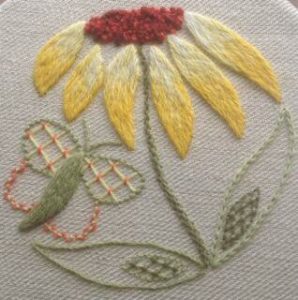
Here we have a new Arts & Crafts project for you. Why not… learn to embroider and have some fun?
CLICK HERE to download pdf
This is a day for those of you who would like to acquire or refresh some embroidery skills. Perhaps you want to move beyond cross stitch, perhaps you want to remind yourself of skills learnt in the past, or perhaps you simply want to have an enjoyable day learning something new at The Arts & Crafts Church.
This day offers an introduction to surface stitching on linen fabric using crewel wools. By the end of the day you will have learnt enough to be able to finish your kit at home. The course will take place in one of the meeting rooms in the historic setting of Long Street Methodist Church.
The course price is £45 + booking fee and for that you will receive five hours tuition, a kit with all necessary materials and instructions, tea/coffee etc. You can borrow embroidery frames and scissors on the day at no charge. For lunch you can bring your own or buy something at Ye Olde Boar’s Head PH, the oldest pub in the North-West, just next door.
The day will be lead by Helen Jones, an accredited tutor with the Royal School of Needlework – see http://www.royal-needlework.org.uk/courses/tutor_details/69
